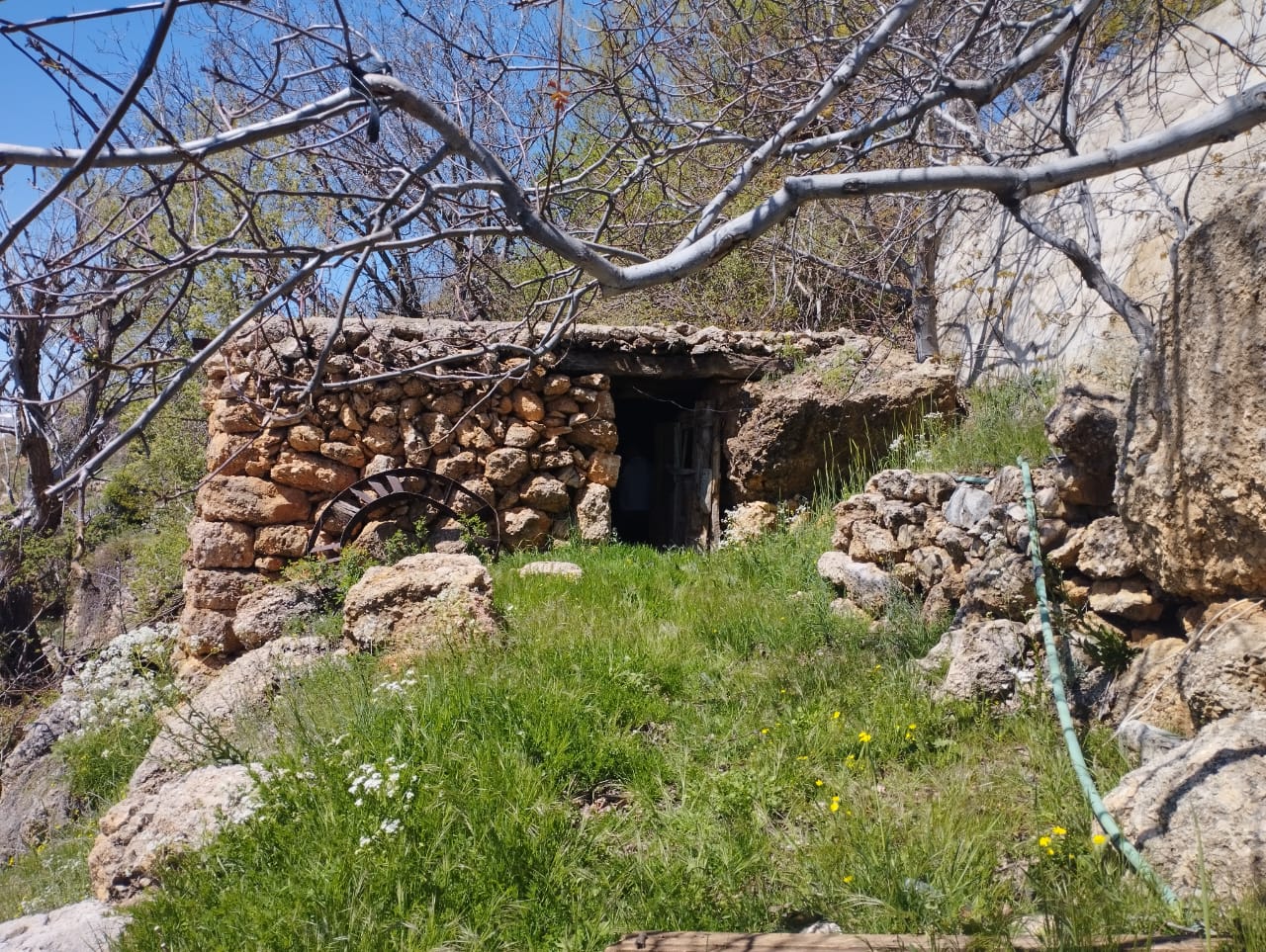While it may not seem like an obvious road-trip destination, Deir El Ahmar has plenty to offer curious travelers. With USAID’s Trade and Investment Facilitation (TIF) project working on raising the profile of the district and helping it improve its tourism offering, we reveal seven of Deir El Ahmar’s most impressive landmarks.
1. Qasr Al Banat
On a rocky hill overlooking Deir El Ahmar, Kasser Al Banat was built on the ruins of a Phoenician temple dedicated to the Roman goddess Vesta. According to Roman mythology, Vesta taught the ancient Romans how to use fire.
The temple was built around the 1st century AD amid a courtyard that still features remnants of a temenos and friezes with inscriptions, decorations, large stones, as well as several wells engraved in the rock.
According to local traditions, this archeological marvel was named after virgin priestesses who used to serve the temple and the goddess. Their primary task was to keep the torch constantly lit.
The temple was transformed into a monastery in 4th century.
2. Saydet El Borj
Saydet El Borj is a historic church located in Deir El Ahmar. The church is known for its unique architecture, rich history and spiritual significance.
The origins of Saydet El Borj date back to the 4th century. It was built on the site of an ancient pagan temple and was dedicated to the Virgin Mary. Over the centuries, the church underwent numerous renovations.
The most significant expansion occurred during the Ottoman period (18th century). The church was rebuilt in a traditional Lebanese style, with a central dome, two bell towers and a courtyard. The interior was adorned with intricate carvings, paintings and mosaics, depicting biblical scenes and the life of the Virgin Mary.
Over the years, Saydet El Borj has faced many challenges, including natural disasters, wars and neglect. It took many years to restore it to its former glory. Today, thanks to the efforts of dedicated volunteers and local authorities, the church stands as a testament to the resilience and determination of the people of Deir El Ahmar.
3. Rosary
The Rosary of Deir El Ahmar comprises 59 marble steps that lead to the Monastery of Saint Antoine. Each step is inscribed with a prayer or a verse from the Bible in both Arabic and Syriac. At the top of the steps is a chapel dedicated to the Virgin Mary, featuring a statue and a small altar.
The Rosary of Deir El Ahmar is the largest rosary in the world. For many years, it was a popular destination for pilgrims and tourists.
Today, the site remains a cherished monument in Lebanon. It is a testament to the enduring faith and resilience of the Lebanese people.
4. Roman Road (Via Appia)
The Roman Empire was known for its impressive network of roads. One of these roads was the Via Appia, which ran from Rome to Brindisi in southern Italy. However, the Via Appia also extended beyond Italy into other parts of the empire, including Lebanon’s Bekaa Valley, which ran from Heliopolis (modern-day Baalbeck) passing by Deir El Ahmar and Btedhi. It continued to Akoura to end in Jbeil.
The Via Appia in the Bekaa Valley was not just a transportation route; it was also a symbol of Roman influence in the region. The road enabled the movement of troops and goods throughout the area, which helped the Romans maintain control. The road also facilitated trade between the cities of the Bekaa Valley and the rest of the Roman Empire, helping to stimulate economic growth in the region.
Today, the Via Appia in the Bekaa Valley is still visible in Btedhi. Although the road has not been fully preserved, many sections are still intact.
5. Saydet Bechwat
Attracting thousands of pilgrims each year, Saydet Bechwat is known for its picturesque setting and stunning architecture.
Built in the 12th century by the Crusaders on the site of an ancient pagan temple, the church is dedicated to the Virgin Mary and has undergone many renovations over the centuries. One of its most unique features is a spring, which is located underground.
In addition to its religious significance, Saydet Bechwat is also an important historical site. The church has played a key role in Lebanon’s tumultuous past and has witnessed many important events over the centuries.
 6. Saint John Monastery (Ainata)
6. Saint John Monastery (Ainata)
Dating back to the early 4th century, Saint John Monastery is one of the oldest monasteries in Lebanon. It is dedicated to Saint John the Baptist.
7. The Mills (Ainata)
The mills of Ainata have played a significant role in the region’s history and economy for centuries and were used processing of wheat, barley and other grains.
Typically small, traditional structures, the mills were passed down from one generation to the next. One of these mills still functions in the way it has done for centuries, with traditional techniques and equipment.
The mills consist of large stone wheels that grind the grains into flour, powered by the force of water flowing from nearby streams and springs.
To explore these and other significant landmarks in Deir El Ahmar, book a tour with archeologist and local guide Tony Saade (+961 3 089 131).
Facebook: yahaladeirelahmar, Instagram: yahaladeirelahmar
This article is part of a joint project to promote tourism destinations across Lebanon, launched by the Trade and Investment Facilitation (TIF) activity, funded by the United States Agency for International Development (USAID), and Hospitality Services. The content of this article is the sole responsibility of Hospitality Services, and does not necessarily reflect the views of USAID or the United States Government.
Loading


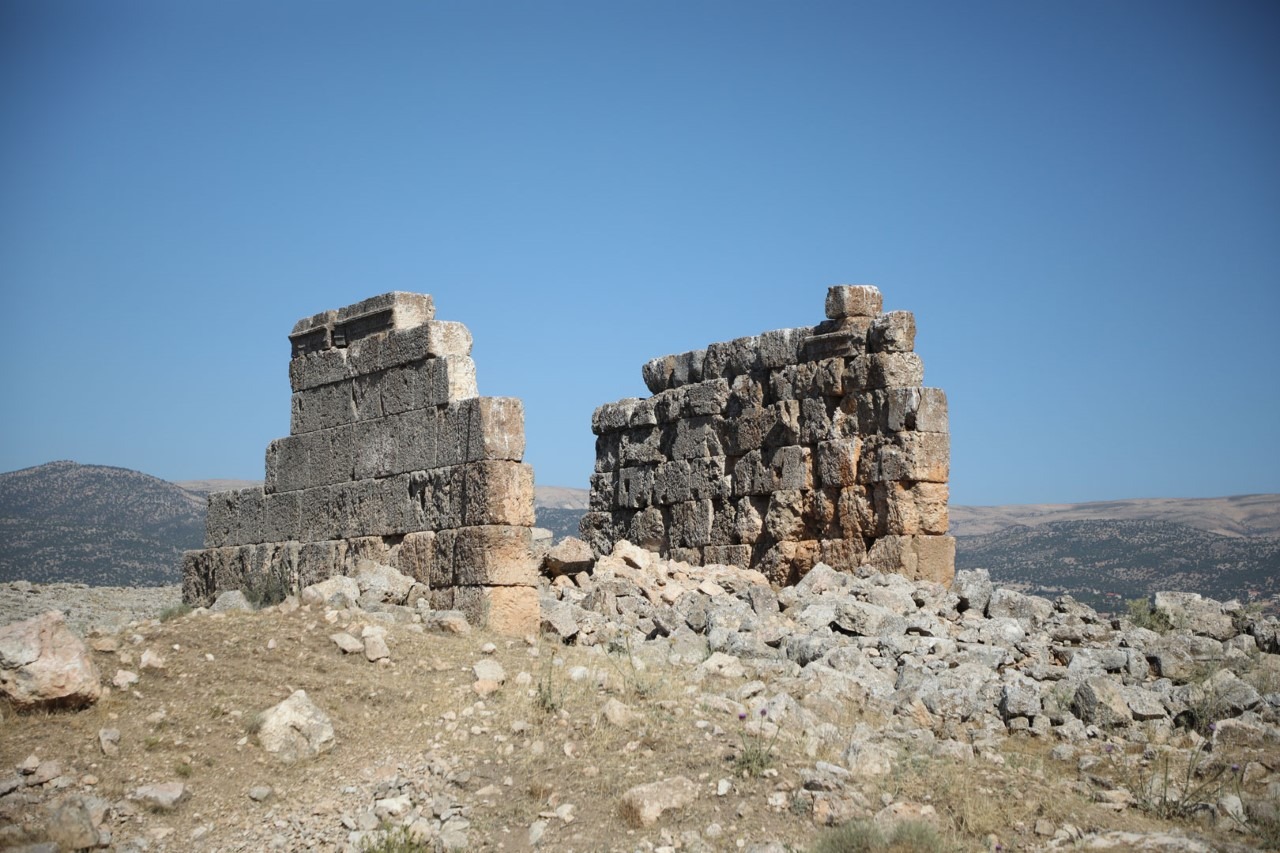
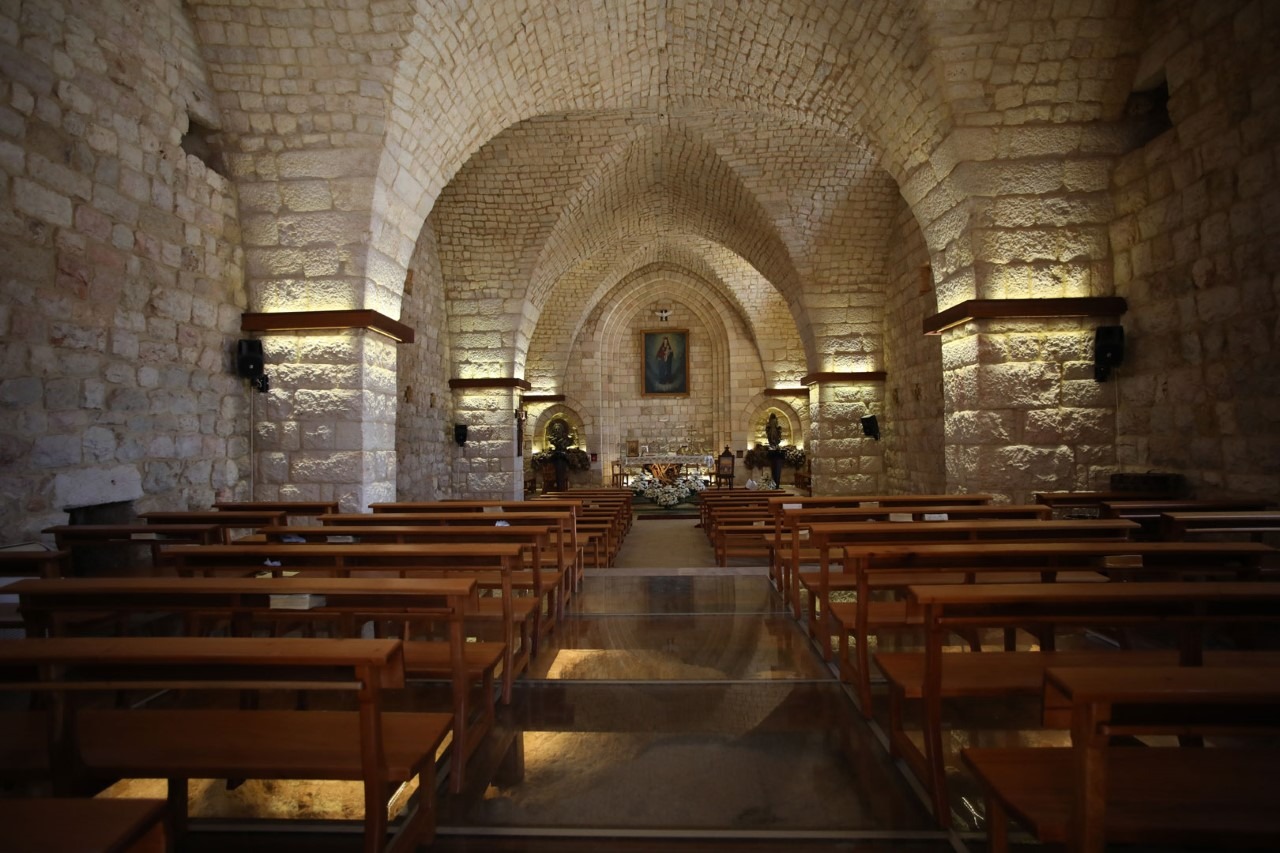
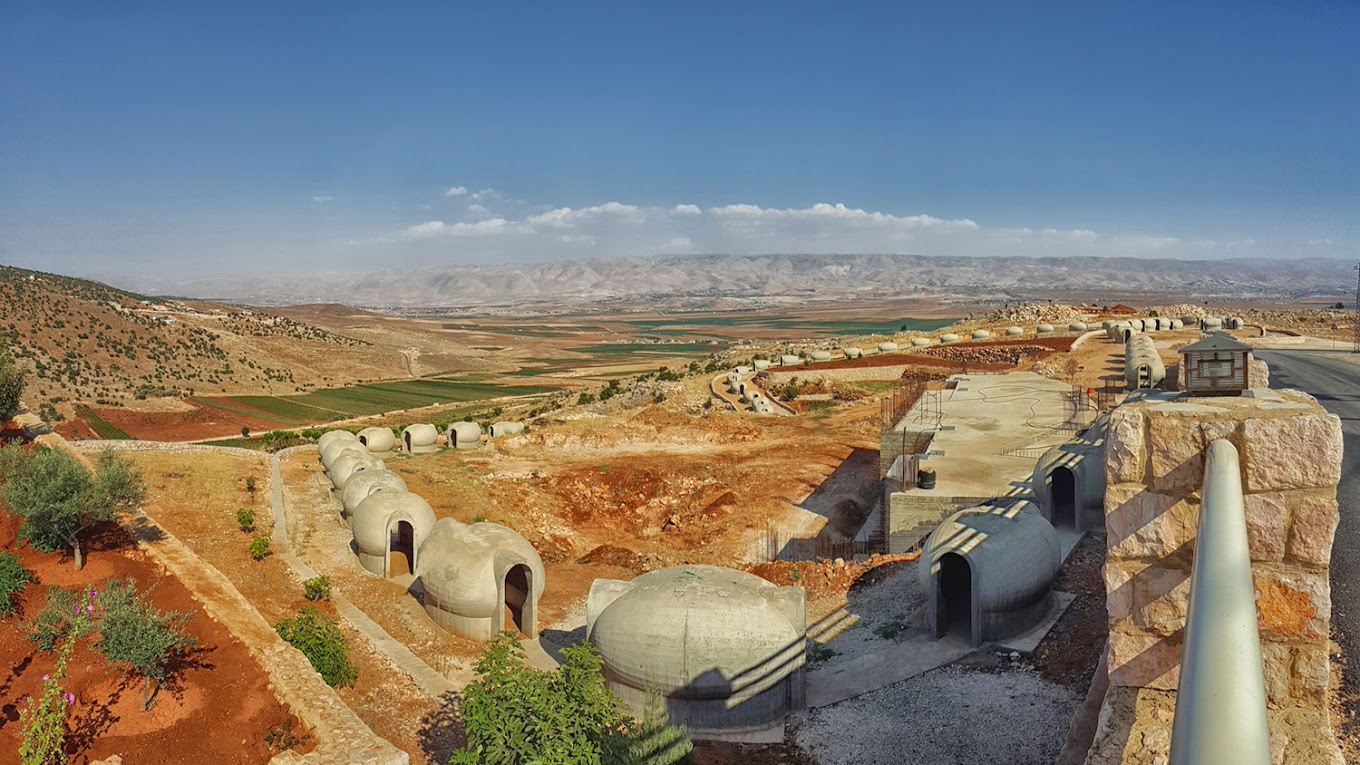
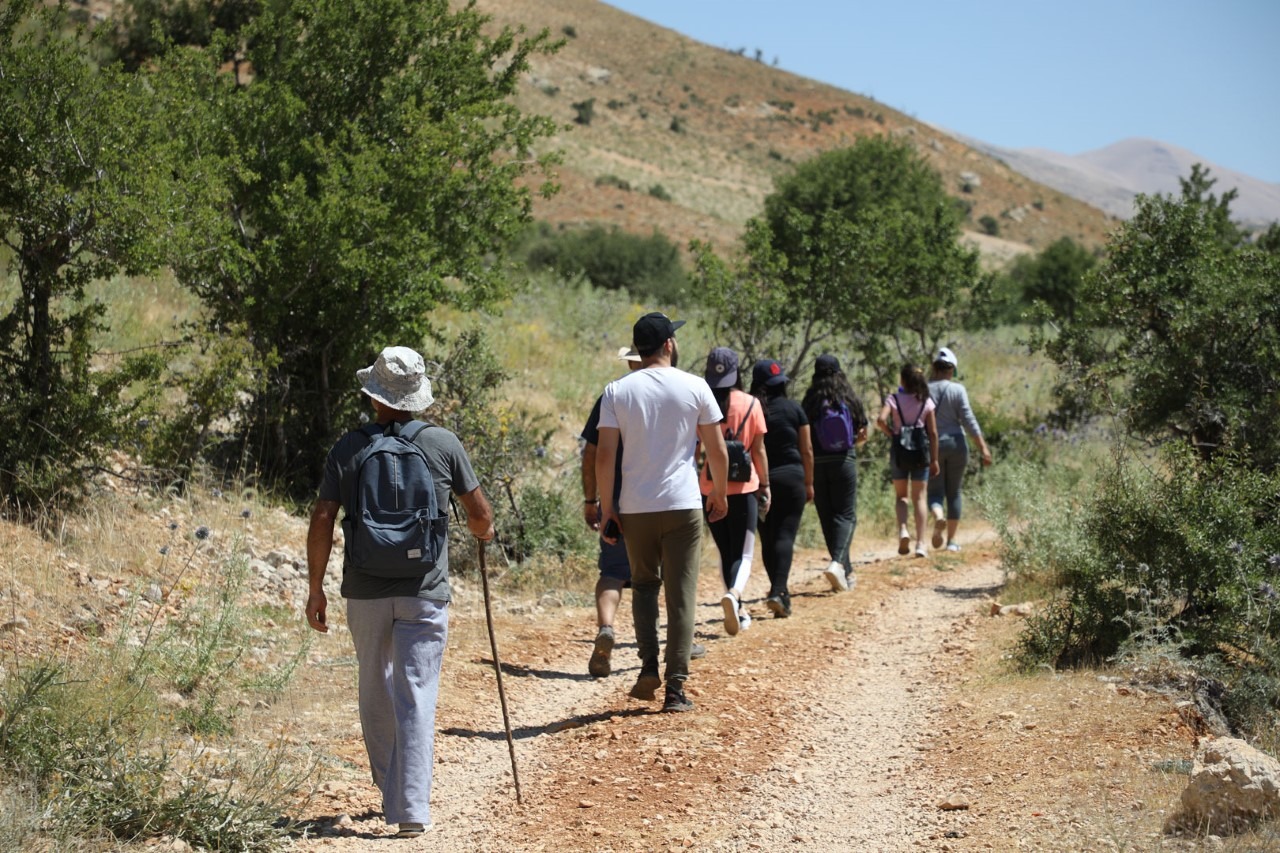
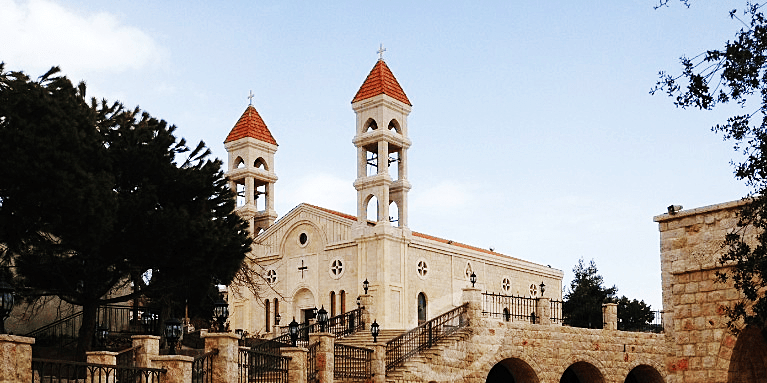
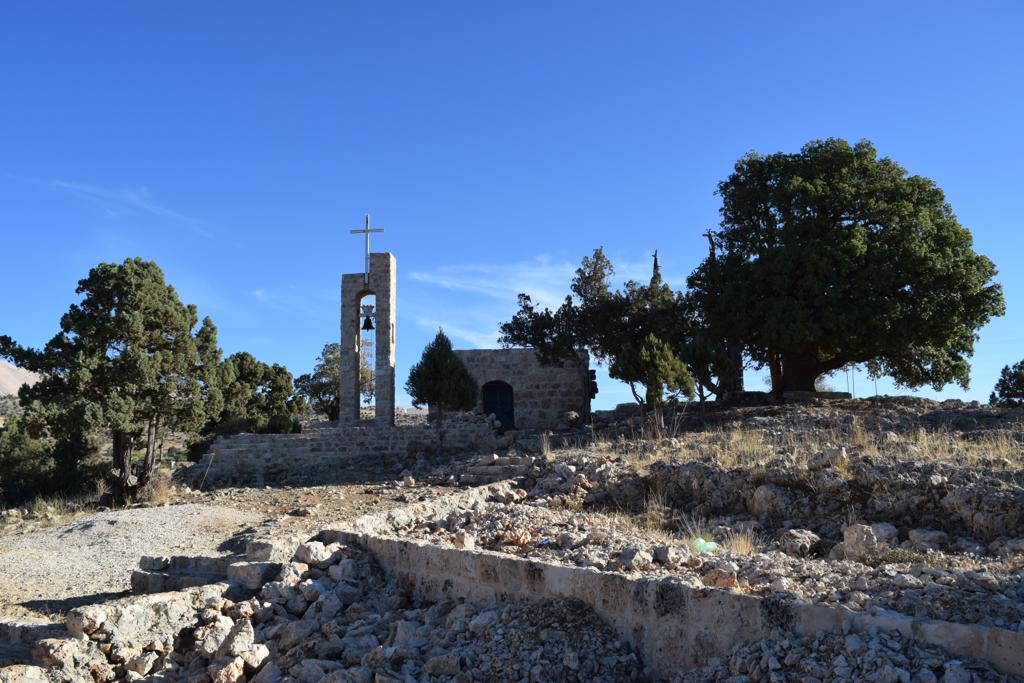 6. Saint John Monastery (Ainata)
6. Saint John Monastery (Ainata)